HISTORICAL FIGURES
Many—though not all—of the characters in the Radiant Emperor Duology are based on real people who existed in the tumultuous time leading up to the collapse of the Mongol-ruled Yuan Dynasty and the establishment of the Chinese Ming Dynasty in 1368.
If you like Korean dramas, the 2013 drama Empress Ki takes place a few years earlier and features many of the same figures from the imperial court of the Great Yuan.
The Red Turban Rebellion
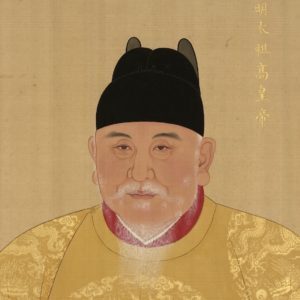
Born a peasant in what is now Anhui Province in central China, Zhu Yuanzhang was briefly a Buddhist novice before joining the local Red Turban rebellion against Mongol rule. Zhu rose within the Red Turbans, eventually taking command and establishing his base in what is now Nanjing. As one of eight main contenders aiming to bring down the Yuan and take the throne, Zhu fought his rivals and the Yuan’s armies for fifteen years before emerging victorious as the founding emperor of the Ming Dynasty.
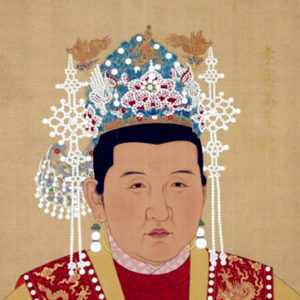
Ma, the adopted daughter of Red Turban leader Guo Zixing, was Zhu’s wife and, later, his Empress. Known for her wisdom and compassion, she exerted a rare restraining influence on her husband as his rule turned tyrannical.
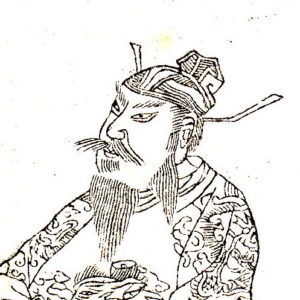
One of Zhu Yuanzhang’s earliest recruits, he led the rebel army that took the Yuan capital (present-day Beijing) and drove the Mongols from China.
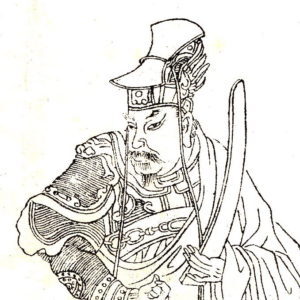
A former bandit who became Zhu Yuanzhang’s most brilliant general. He was renowned as a tactician and for his prowess in martial arts.
Liu Futong
Liu's leadership position in the Red Turbans was based on his possession of a young boy he claimed was a descendant of the Song Dynasty emperors and a reincarnation of the Manichaean divinity the Prince of Radiance.
Guo Zixing and Guo Tianxu
Father and son commanders of the Red Turban rebellion.
Other Contenders for the Throne
Zhu Yuanzhang’s primary rival for the throne, his powerful naval force was based in present-day Wuhan on the Yangtze River.

Based in the east coast city of Yangzhou, Zhang Shicheng seized control of the Yuan’s vital salt and agricultural resources in the area, along with the Grand Canal transport route supplying the capital. His strategic position and financial resources made him one of the strongest contenders for the throne.
Provincial Mongol Nobles
As the Yuan lost military power, it increasingly relied on the militias of provincial nobles such as Chaghan Temur, in the Central Plains province of Henan, to suppress the Chinese rebellions.
Chaghan’s half-Chinese nephew and adopted son. Taunted by Chinese rebels for being a traitor to his ancestors, he strove to be a model Mongol warrior and eventually became the Yuan’s strongest remaining defender.
Court of the Great Yuan
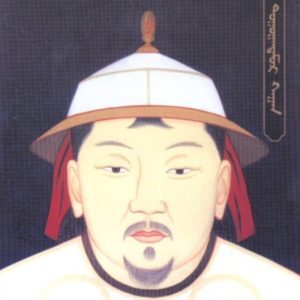
A famously weak ruler, he was the eleventh and last Mongol ruler (Great Khan) of the Yuan Dynasty.
Commander of the Yuan’s central armies, he nearly defeated Zhang Shicheng and could well have restored order to the south had he not fallen victim to a plot by his rivals at court.
Toghon’s first Empress, she was implicated in her brother’s failed rebellion and was exiled and later executed.
Born in Goryeo (Korea), she was sent to the Yuan as a low-ranked imperial concubine. She quickly rose to favour, displacing Empress Danashiri from the Emperor’s affections, and was appointed Empress. She was the mother of eventual Crown Prince Ayushiridara.
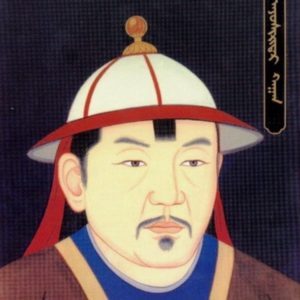
Initially not regarded by the Mongol court as a suitable heir apparent due to his Goryeo parentage, he and his mother schemed their way to power—fatally weakening the Mongol court in the process. Following the Mongols’ expulsion from China, he became ruler of the Mongolia-based Northern Yuan Dynasty.